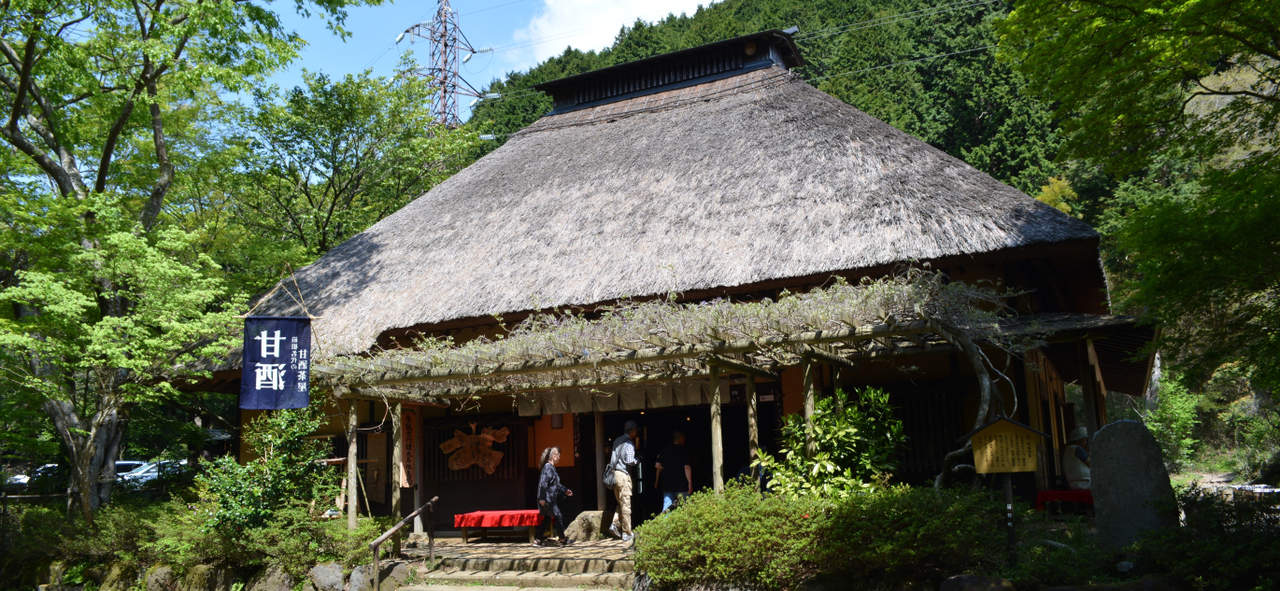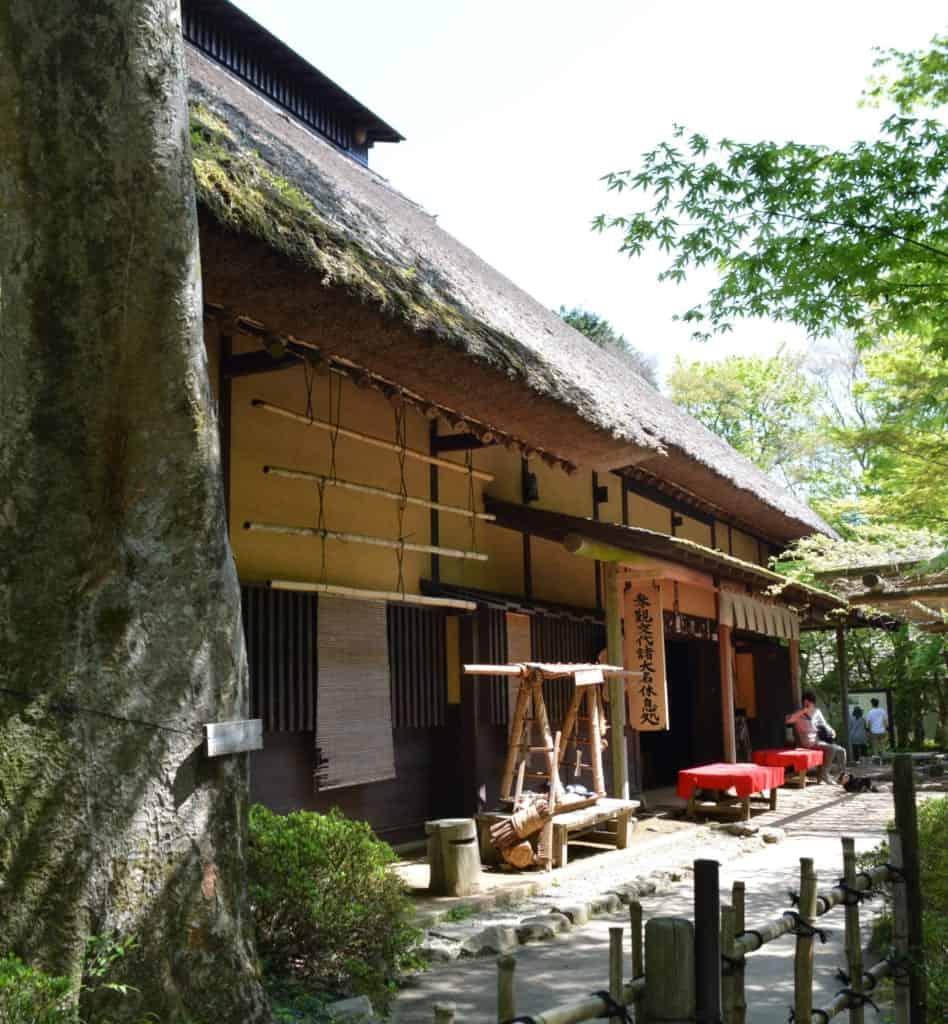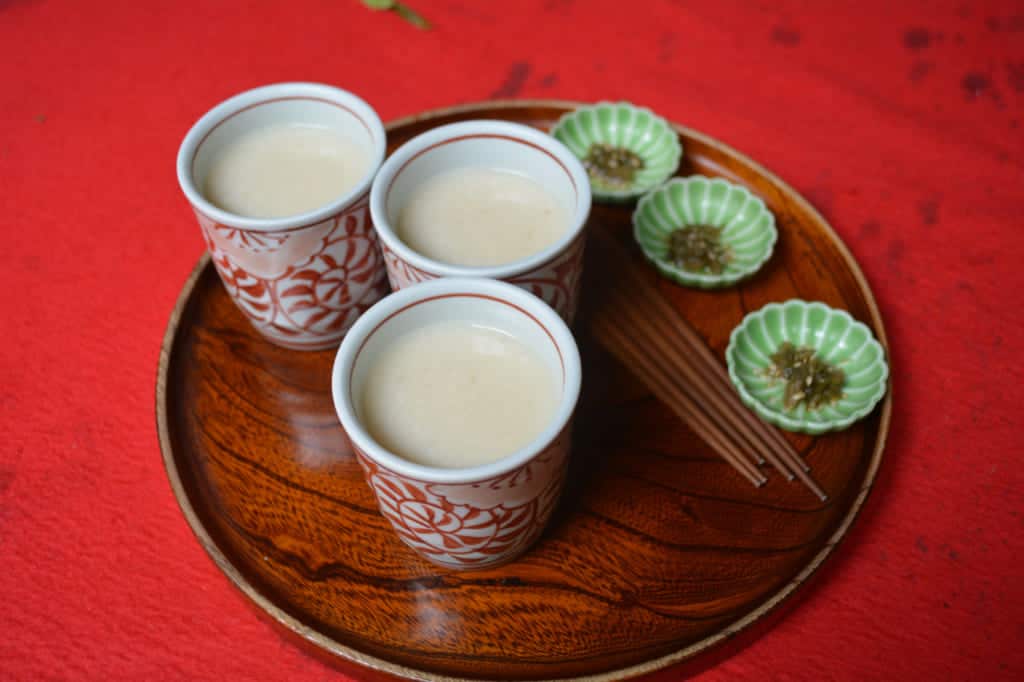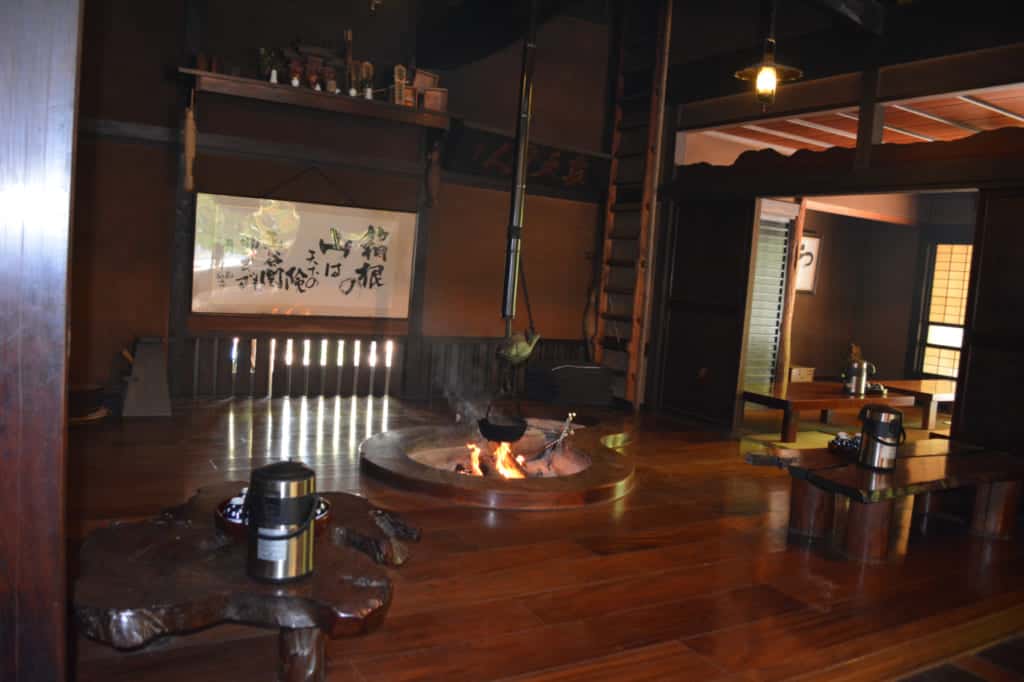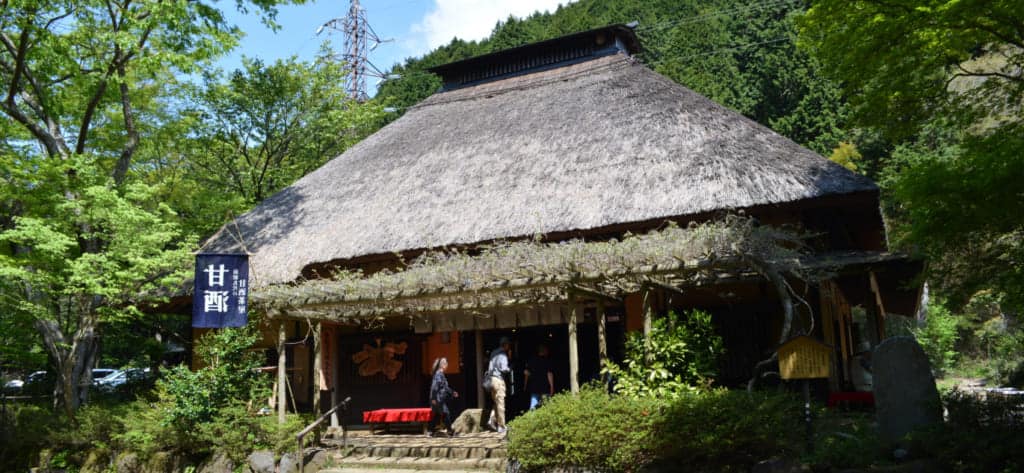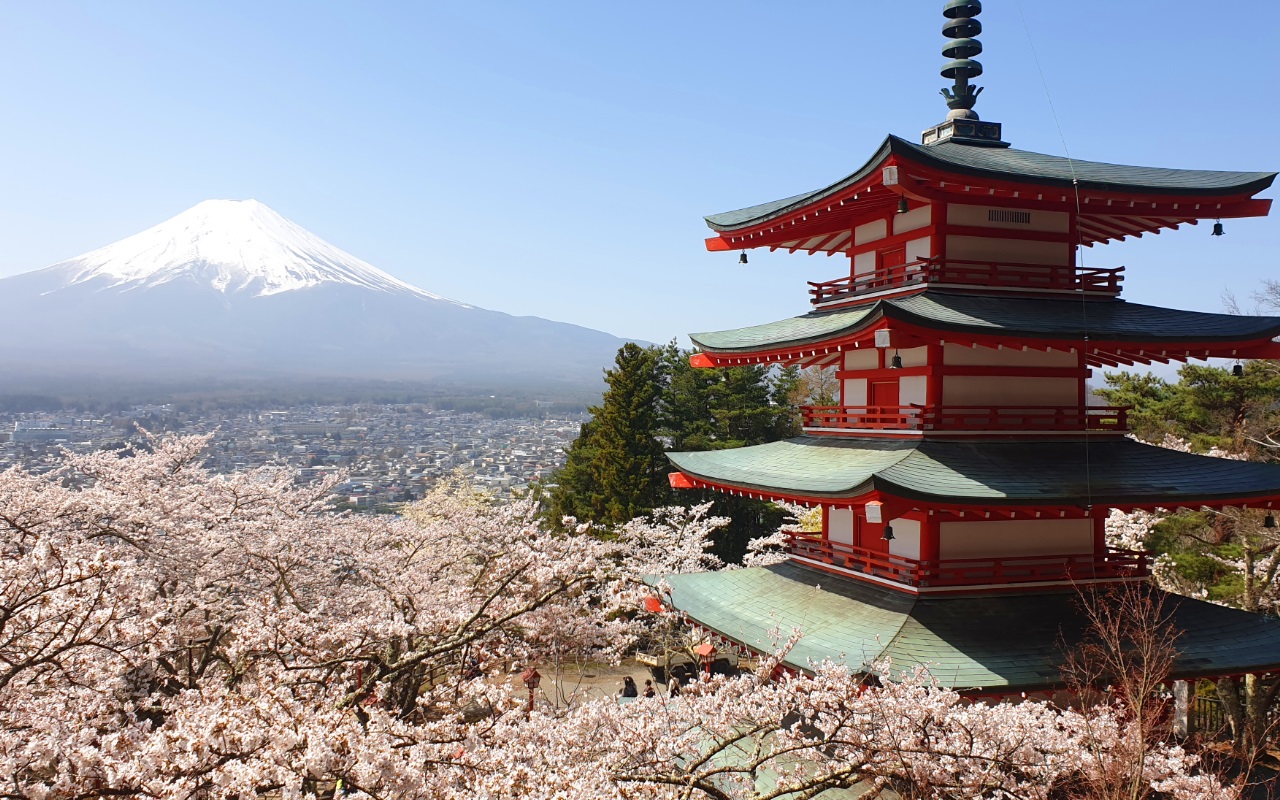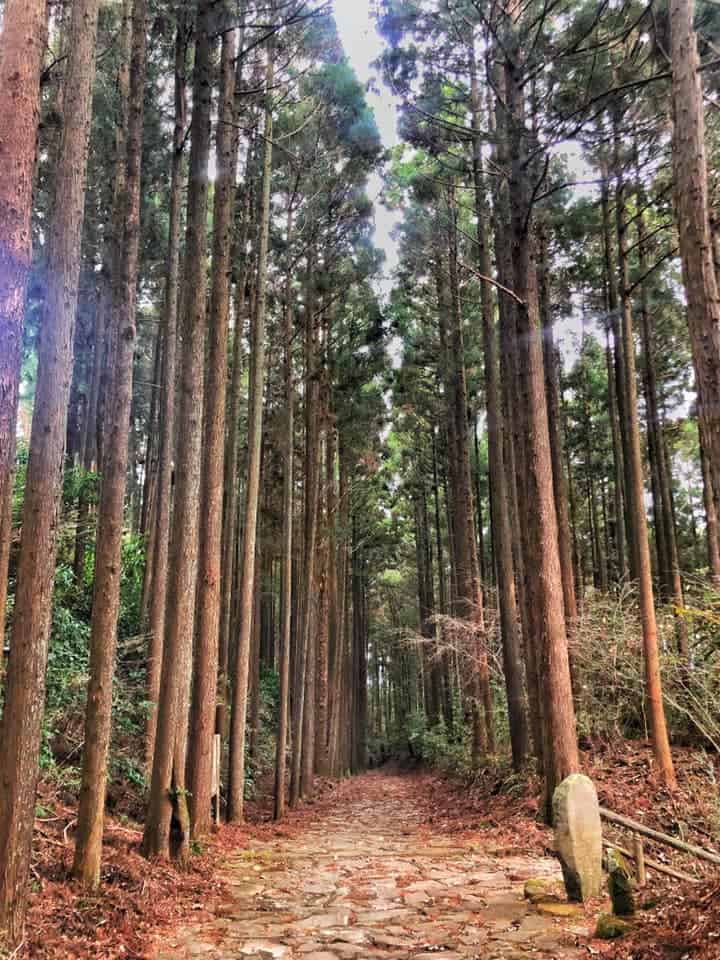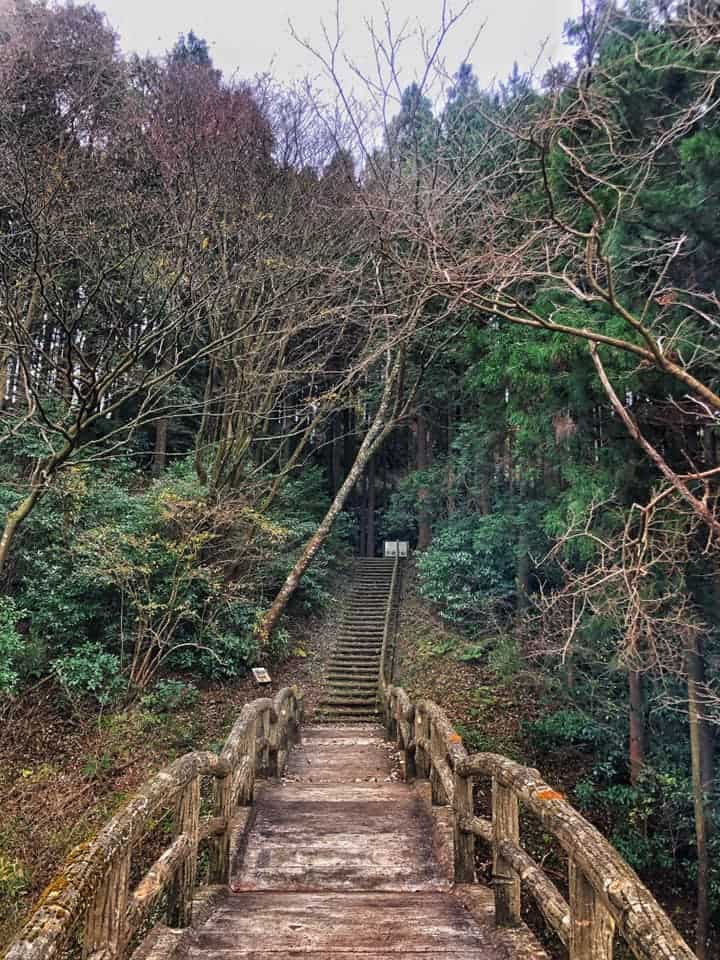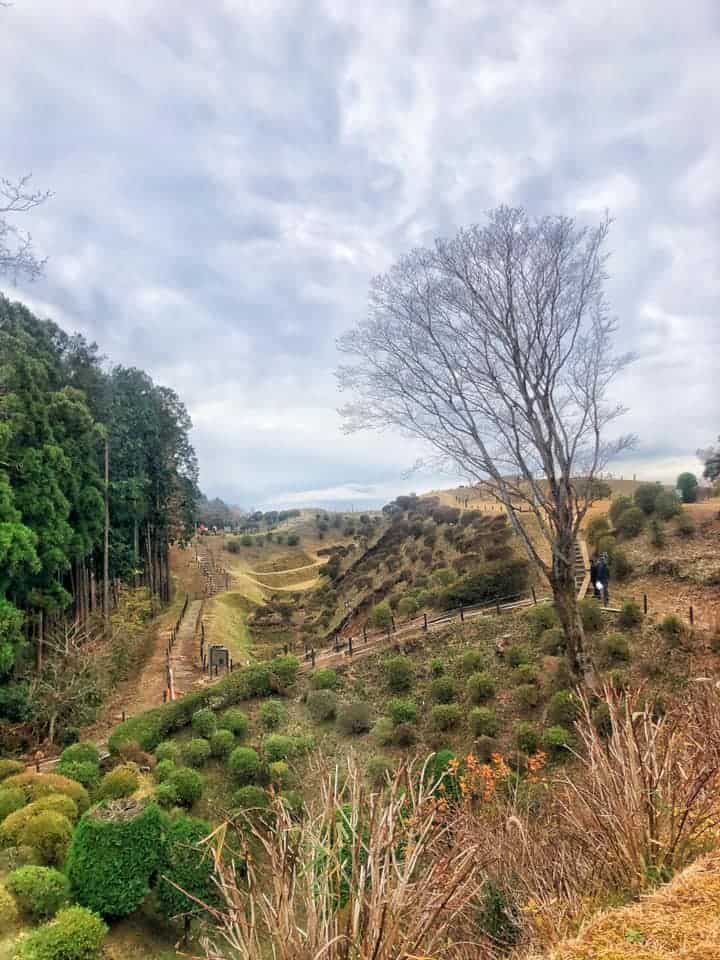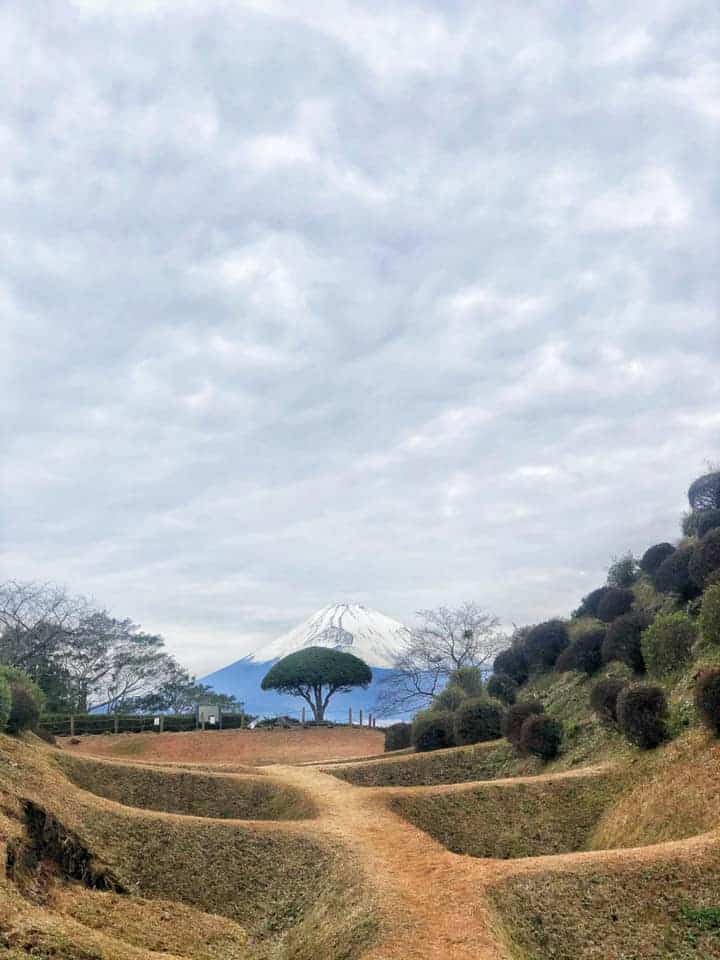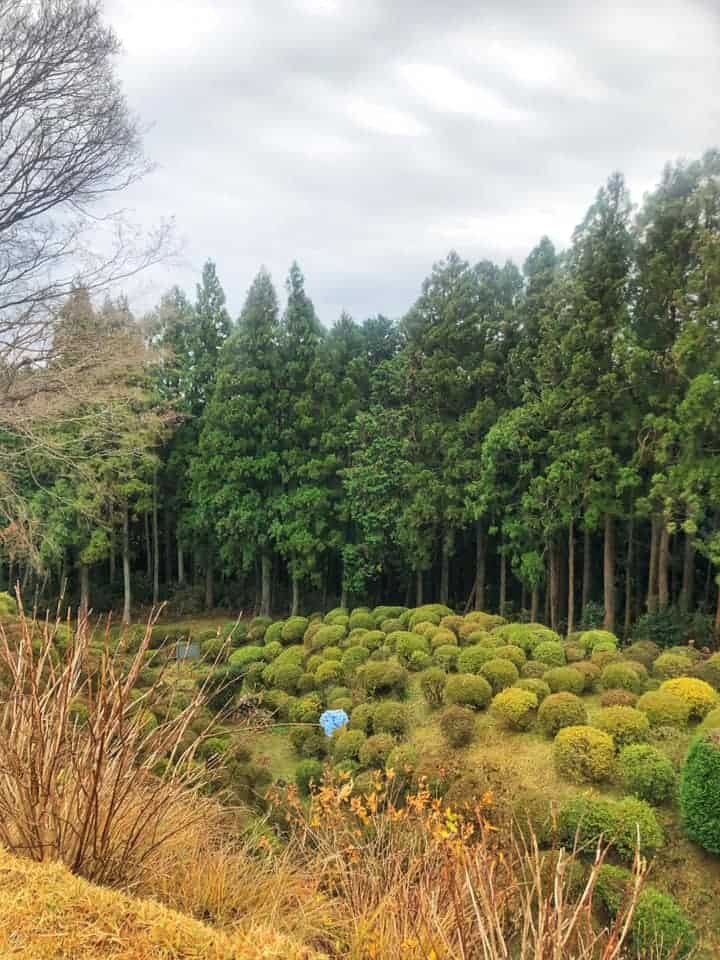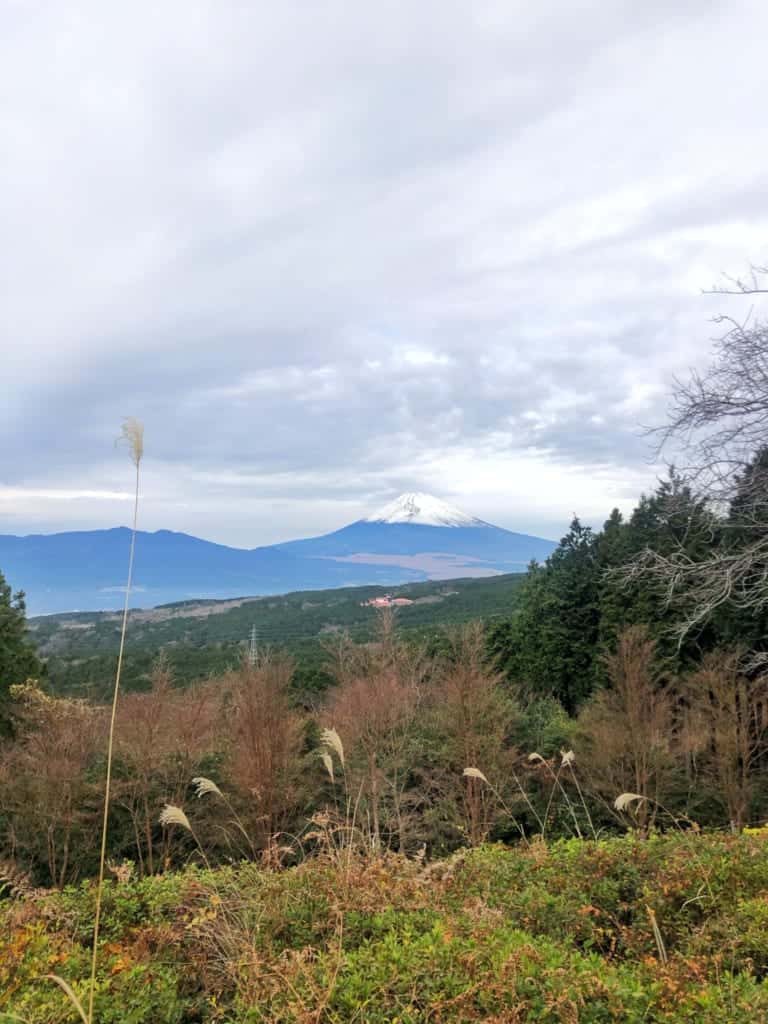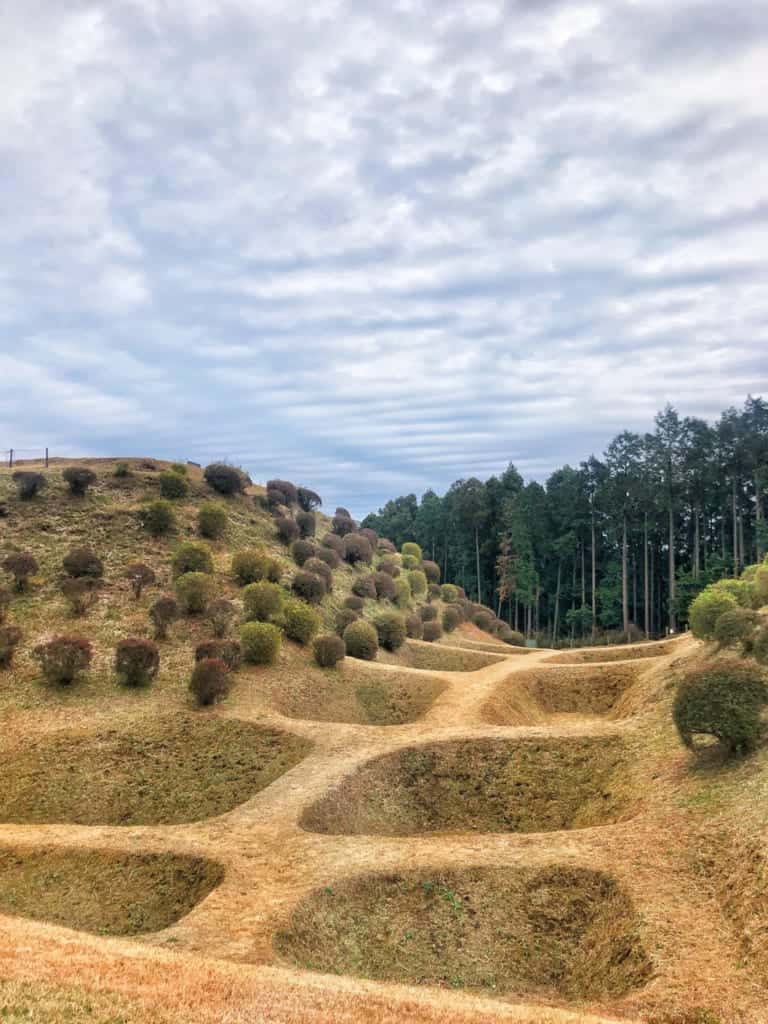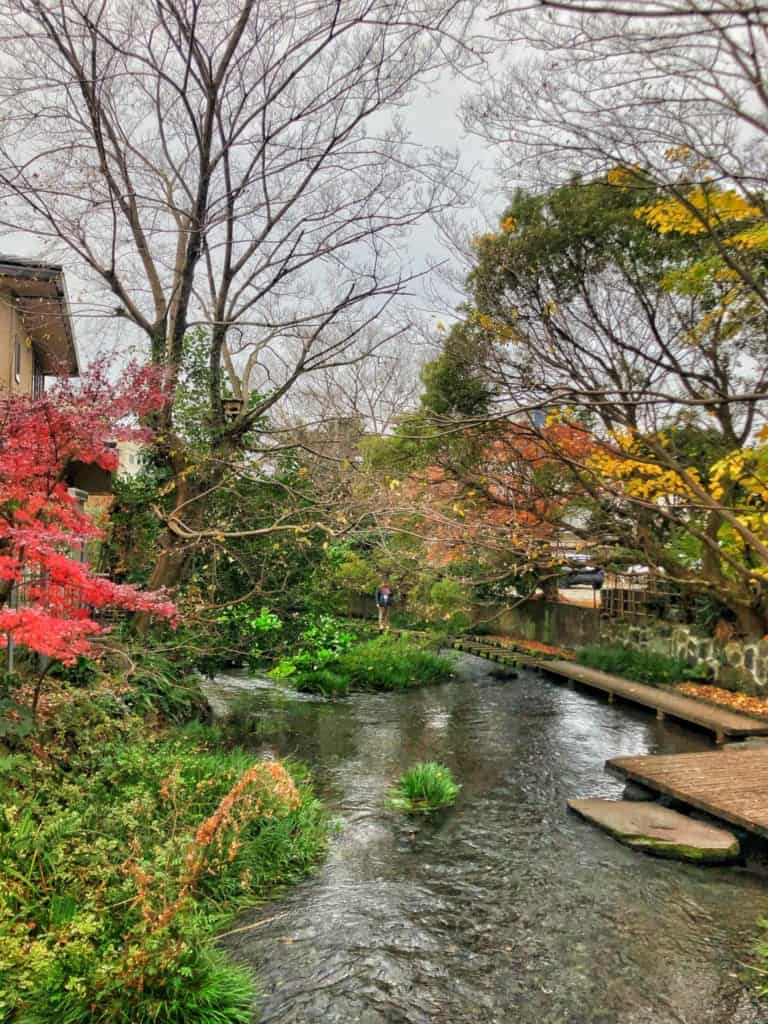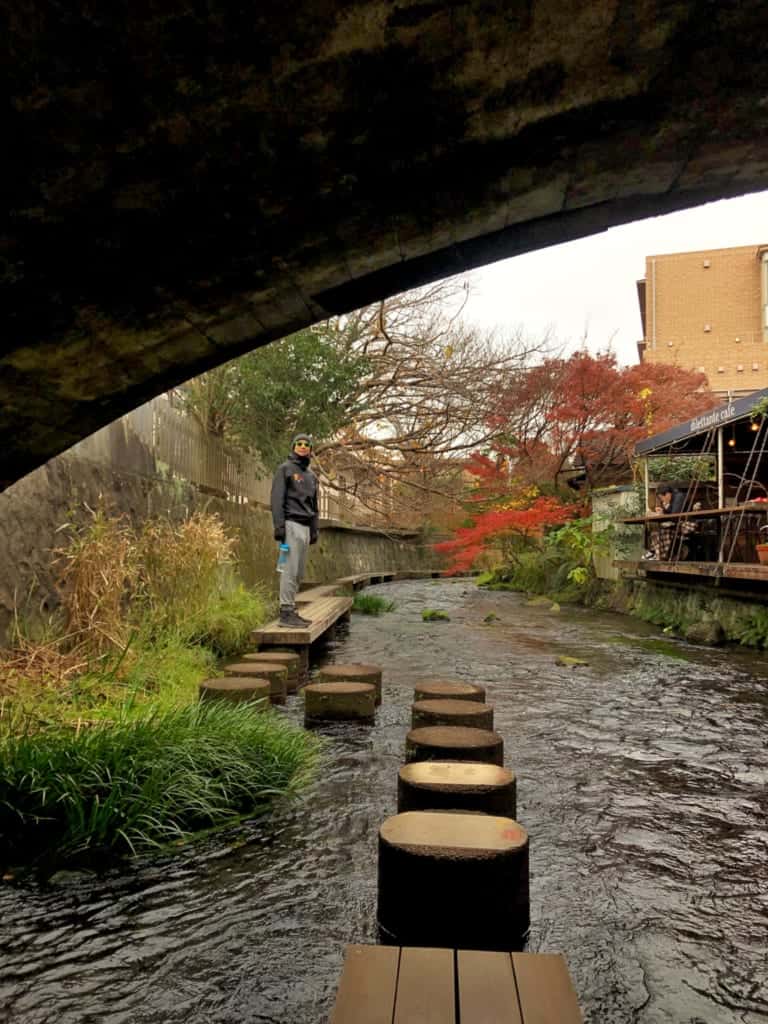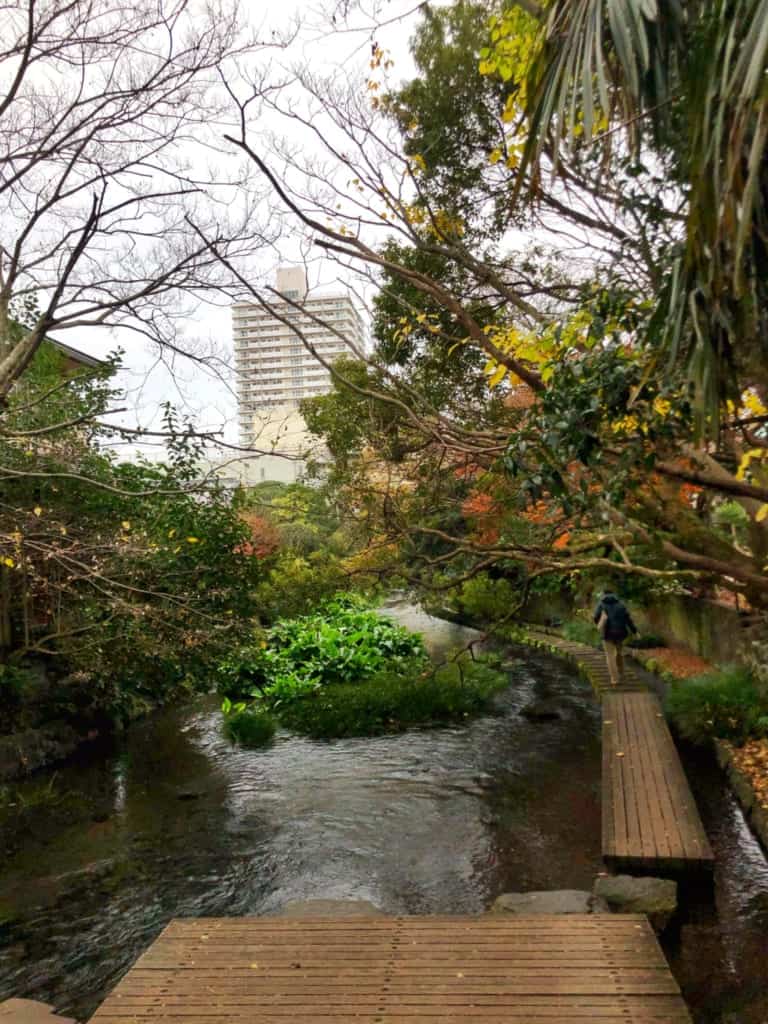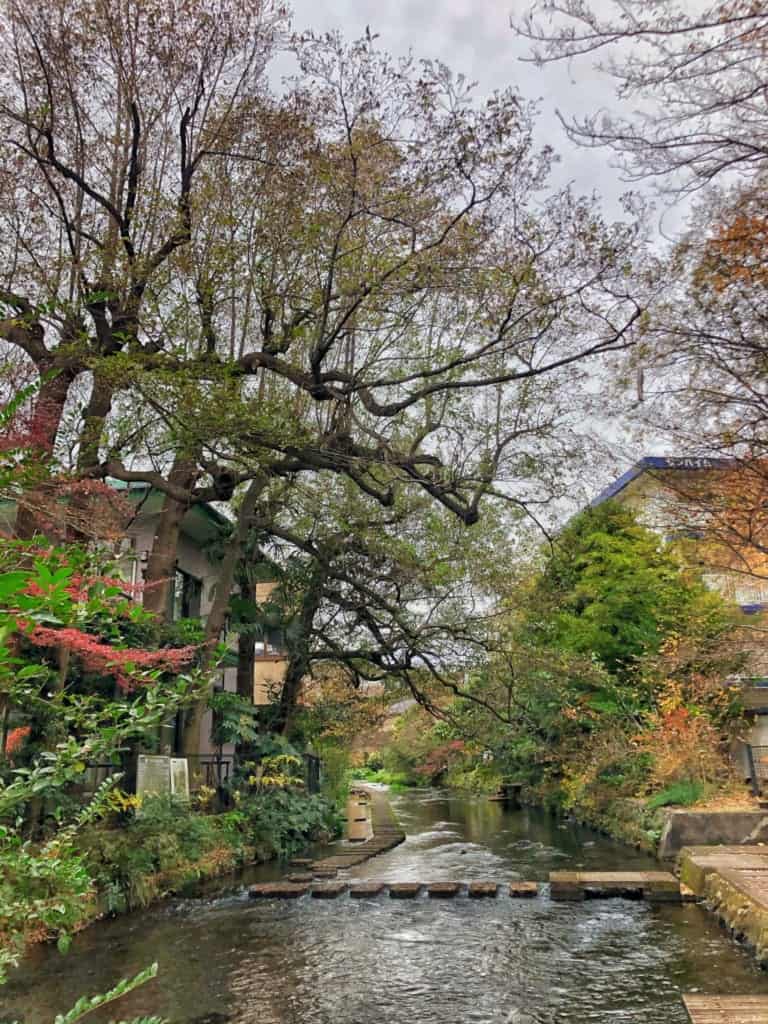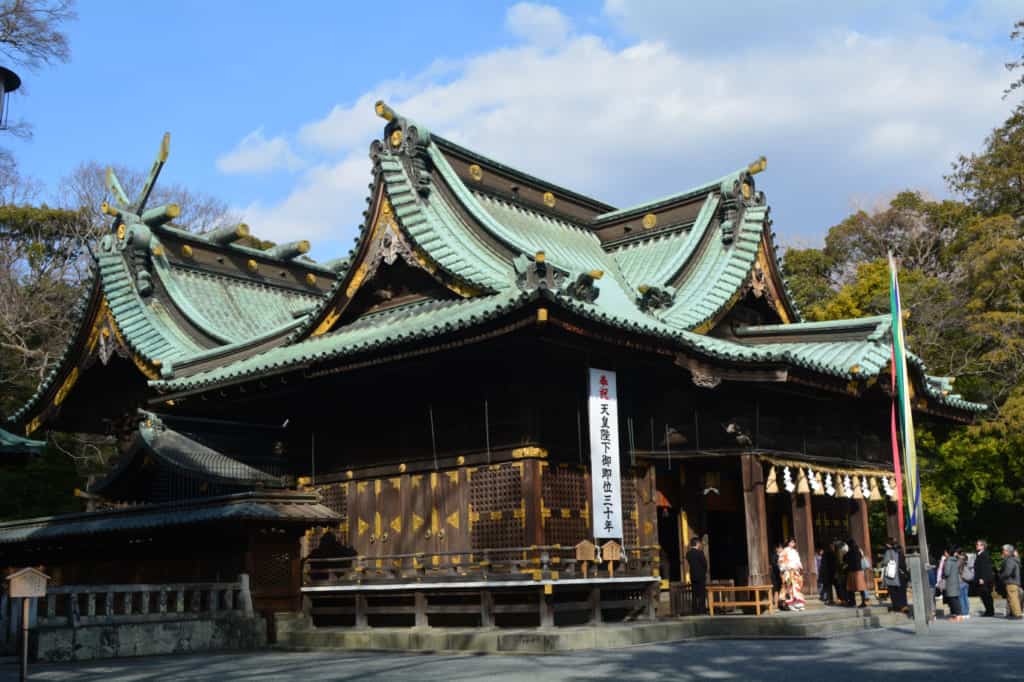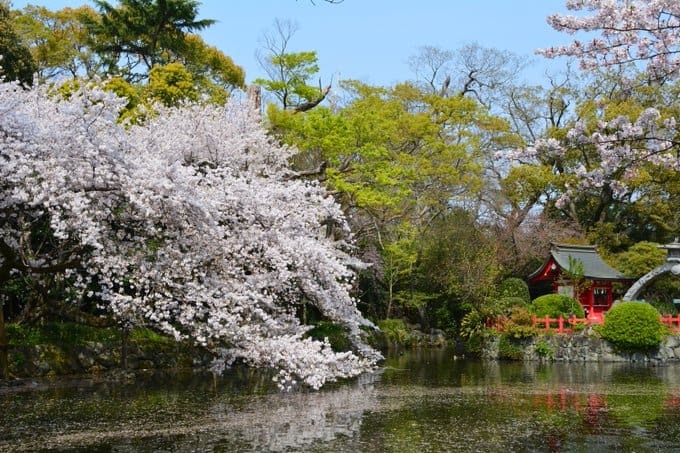Roughly an hour and a half away from central Tokyo lie Hakone, a favourite day trip or weekend getaway for locals and tourists alike. Famed for its hot springs, its beautiful nature, and if you’re lucky with the weather, glorious views of Mt Fuji.
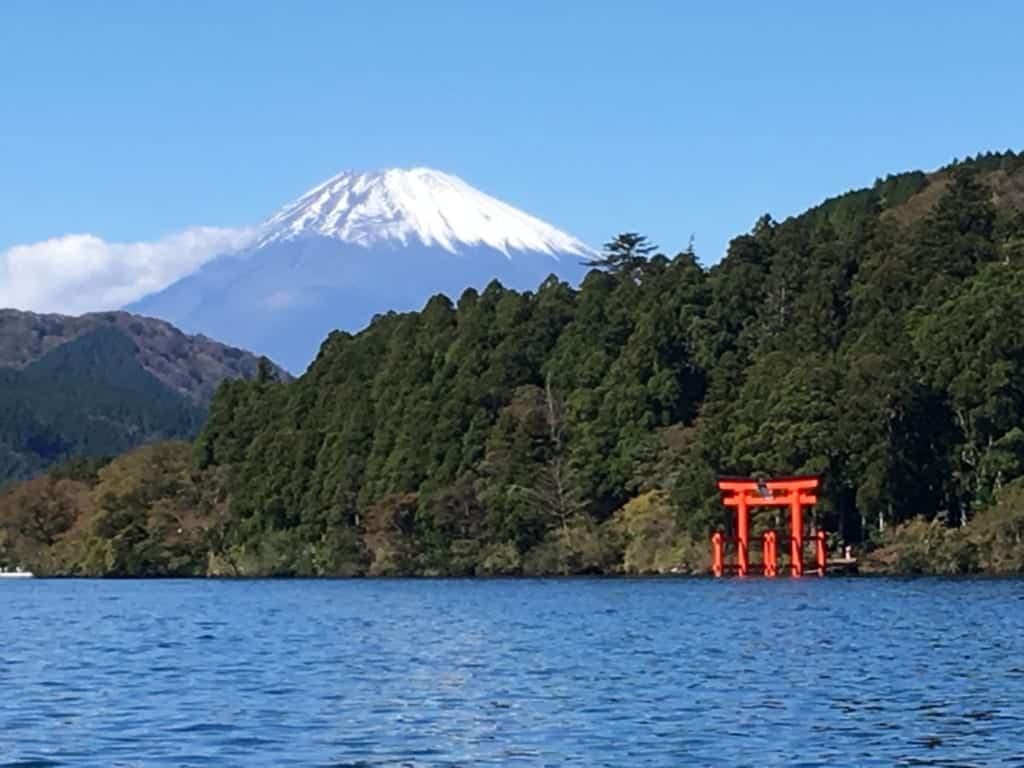
What few visitors know is that Hakone was part of the ancient highway called the Tokaido Road which connected the old capital of Kyoto to modern Tokyo (formerly called Edo). The route between Odawara Station (小田原駅) and Mishima Station (三島駅) via Hakone is known as Hakone Hachiri, named for the distance of 32kms between the two stations. Hachi 八 means 8 in Japanese, and ri is a unit of distance equal to approximately 4kms. Hakone Hachiri has recently been declared a Japan Heritage Area.
Highlights of hiking Hakone Hachiri include sipping amazake (甘酒) from Amazake Chaya, walking the quiet paths of Cedar Avenue, visiting Hakone Checkpoint, exploring the interesting Yamanaka Castle Ruins, following the Genbegawa and enjoying the beauty of Mishima Taisha.
A Stop at Amazake Chaya, A Historic and Traditional Tea House
The first stop along the Hakone Hachiri trail is a visit to the historic Amazake Chaya. One of the few remaining traditional tea houses left along the Tokaido, Amazake Chaya has been serving travellers along the Tokaido for four centuries. Amazake is a traditional low or non-alcoholic sweet Japanese beverage made from fermented rice. The natural sweetness derives from the glucose of the rice, rather than added sugar. The tea house is run by Yamamoto-san, the 13th generation manager, and his wife.
Walking Amidst Giants of Nature
One of my favourite sections of hiking Hakone Hachiri is walking amidst the giant suginoki (杉の木, Japanese cedar tree) avenue. A beautiful, towering expanse of many cedar trees run roughly for a length of 1km along the Hakone Hachiri. Planted over 400 years ago by Shogun Tokugawa Hidetada, 420 of the giant trees remain. The sugi originally bordered both sides of the Tokaido Road from the shores of Lake Ashinoko (芦ノ湖) to Hakone Checkpoint to protect travellers from the sun.
Reaching Hakone Checkpoint
Reconstructed upon the original foundations of the checkpoint, the current Hakone Checkpoint has been built exactly to its past specifications. There are two gates to enter the Checkpoint; the Edo gate (which you entered if you were coming from Edo/Tokyo) and the Kyo gate (the entry point if you were walking from Kyoto). The Hakone Checkpoint was heavily guarded in the past as it was the last checkpoint before entering Edo.
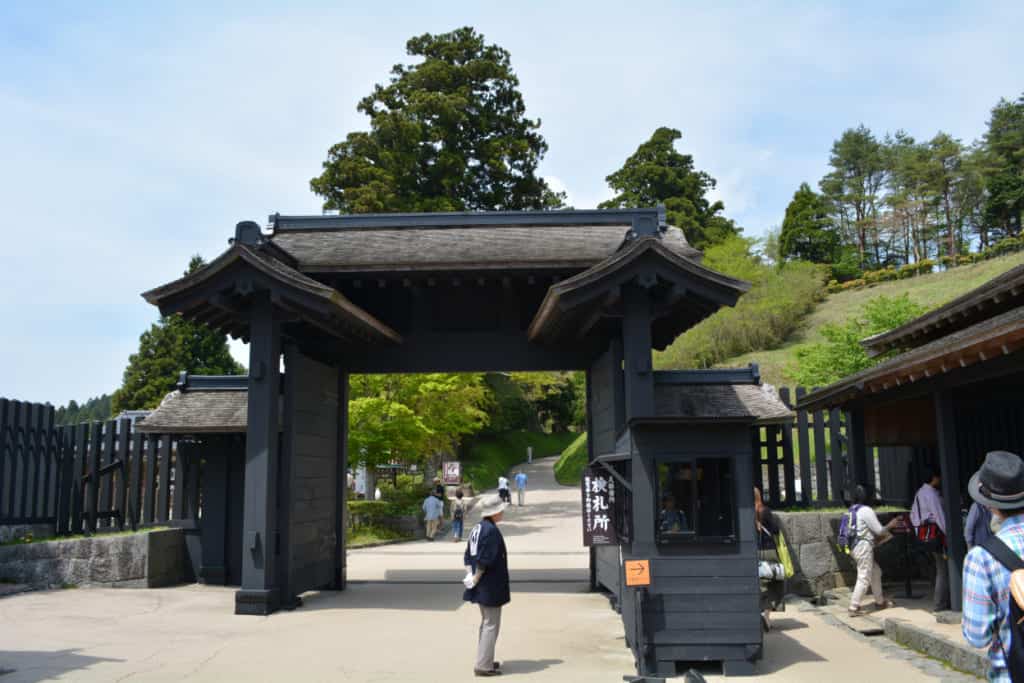
In 1999, excavations around the area revealed the structure and layout of the checkpoint buildings. Several buildings were reconstructed by 2004 when the checkpoint was first opened to the public and the entire site was recreated by 2007. Mannequins have been placed inside the buildings to help you imagine what the checkpoint might have looked like when it was the final point of protection for the old city of Edo.
The Japanese Castle Ruins of Yamanaka-Jo
A National Historic Site since 1934, Yamanaka-jo is one of the few remaining yamajiro-style castles from the Sengoku period built by the Odawara Hojo clans. Having always loved ancient castles and ruins, visiting Yamanaka-jo (山中城) was one of the highlights for me whilst hiking Hakone Hachiri. Yamajiro (山城) literally translates to mountain castle, where instead of being built upon the mountain (as future castles would be); castles constructed in this style were built from the mountain itself.
Rough fortifications would be made from carving the stone and dirt of the mountains itself and clearing the surrounding foliage. Deep “waffle” (named for the waffle-like pattern formed) moats and ditches were dug out from the mountain to provide natural defences. These earthen works, overgrown by nature are all that remains of Yamanaka-jo. Besides enjoying the structure itself, spectacular views of Mt. Fuji are possible from here on clear days.
Following the Genbegawa River Walkway
Located a short walking distance from Mishima Station’s south exit, is the peaceful river walk of the Genbegawa (源兵衛川), a designated World Heritage Water Area. Meandering down this idyllic pathway which at times is built right into the river, feels like you’ve escaped to a bygone era. The crystal clear spring water is the result of the melting snow trickling down from Mt. Fuji’s porous volcanic rock. Sights like this are the small touches that make hiking Hakone such a joy.
I loved how entirely picturesque the Genbegawa was, with the smooth stone paths and the colors of the changing leaves. Preservation efforts to return the Genbegawa to its pristine condition began in the 1990s after Japan realized the waters were becoming polluted from the numerous factories built in the area during the post-War industrialization period.
The Beauty of Mishima Taisha Shrine
Our final stop is Mishima Taisha shrine (三嶋大社), which was a popular pilgrimage spot along the Tokaido Road and is still frequented by locals and tourists alike today. This Shinto shrine is the ichinomiya (一宮, a shrine that holds the highest shrine rank) of the former Izu (伊豆) province.
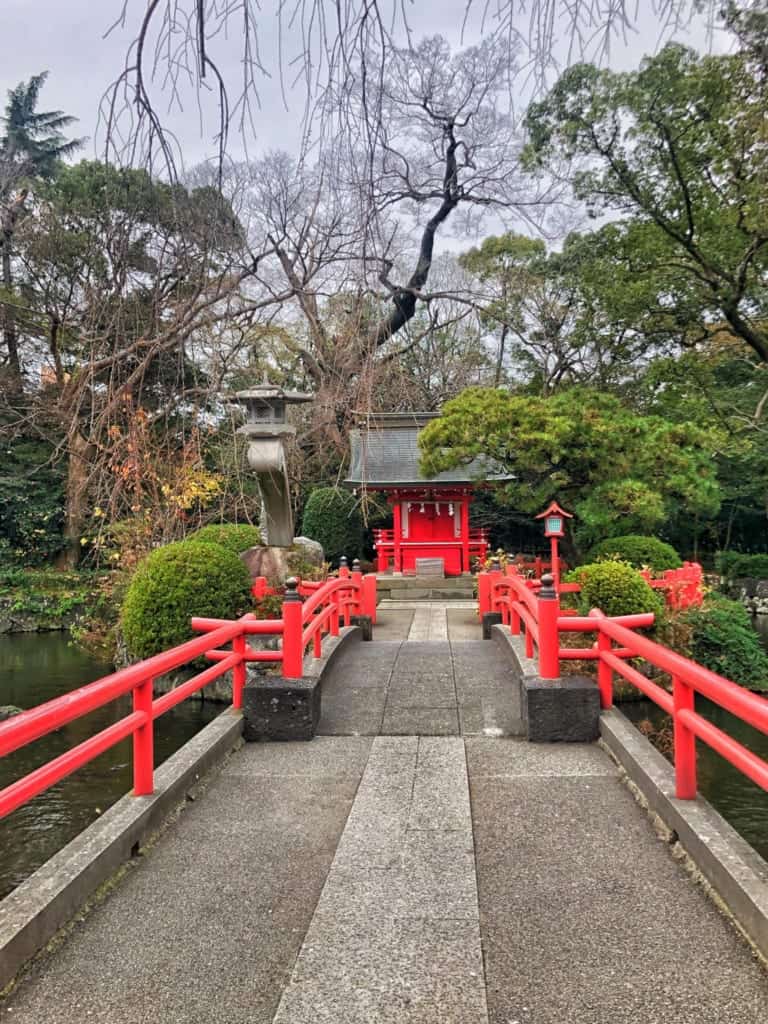
Famed for its 100-day patronage by Minamoto no Yoritomo (源頼朝, the founder and first shogun of the Kamakura shogunate over 800 years ago), Mishima Taisha became celebrated by the samurai class after Minamoto’s triumph against his enemies.
In subsequent years, the shrine would be frequently visited by other strong clans such as the Odawara Hojo and Tokugawa clan who wished divine favor by the kami (spiritual deity) of Mishima Taisha, who was believed to provide victory in battle. Mishima Daimyojin is the primary kami of the shrine and is a union between the god of mountains, sea, and war Ōyamatsumi (大山祇命) and his consort Tsumihayae Kotoshironushi no kami (積羽八重事代主神).
Hike Hakone Hachiri with a Guide
Hiking the Hakone Hachiri was made extremely easy for me logistically. Tony Everitt (of Hike Hakone Hachiri), a Kiwi, local forester, historian, and long-term resident of Japan was the perfect guide, translating fluently between Japanese and English on my trek, not only providing me with historical information but local anecdotes passed down from local families and lore. He kindly organized transportation to, from, and in between, which freed me of any stress from trying to organize it independently.
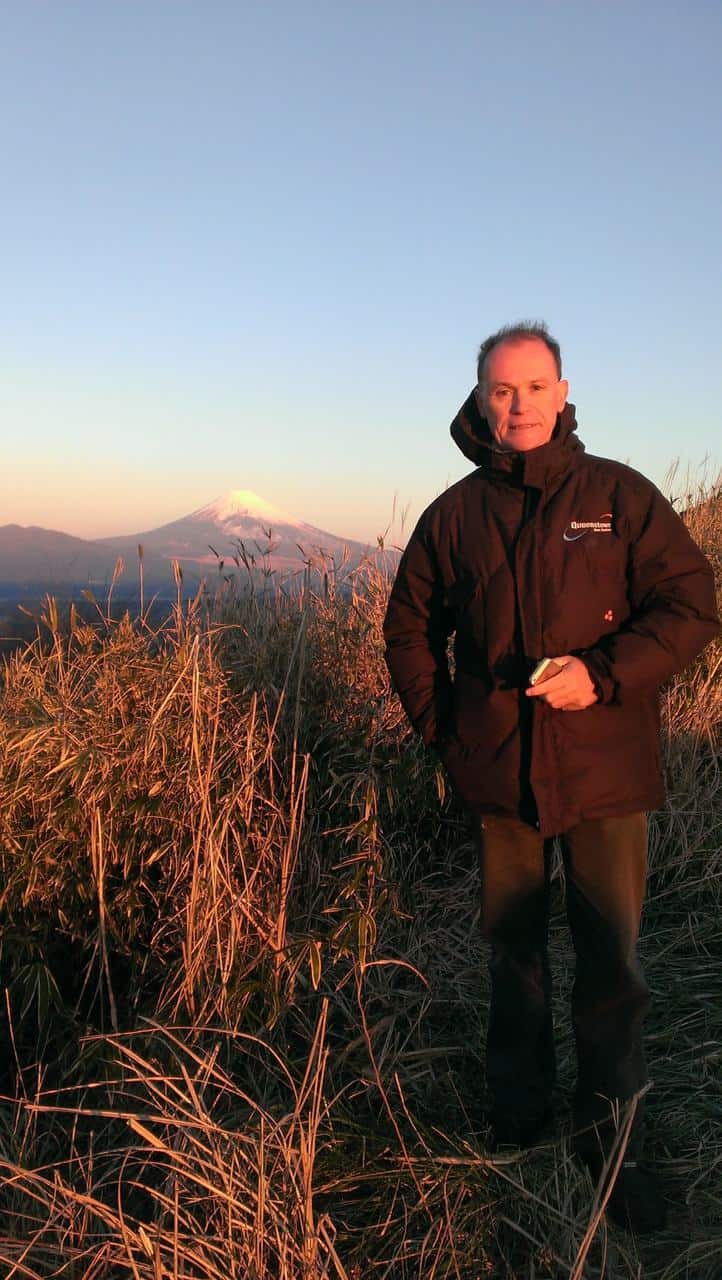
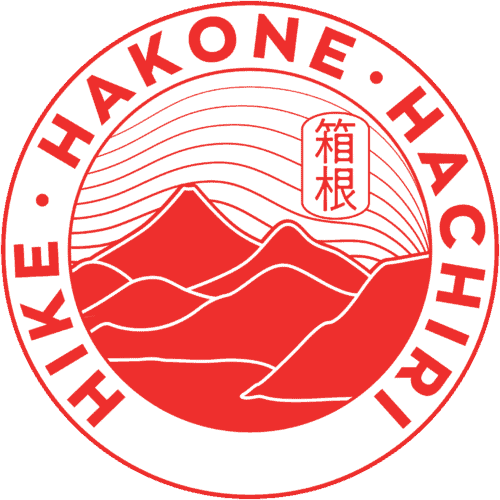
Getting to Hakone Hachiri Route
| Hakone Hachiri Route | |
| Website: | Hakone Hachiri Website |
| Price: | JPY48,000 per group plus JPY10,000 per person |
| Stops: | Amazake Chaya Teahouse, Cedar Avenue, Hakone Checkpoint, Yamanaka Castle Ruins, Genbegawa World Heritage Water Area, Mishima Taisha |
| Access: | By Train: From Shinagawa/Shin-Yokohama/Tokyo – Odawara catch the JR Tokaido Line – JR PASS is usuable (a representative from Hakone Hachiri will meet you there) |


